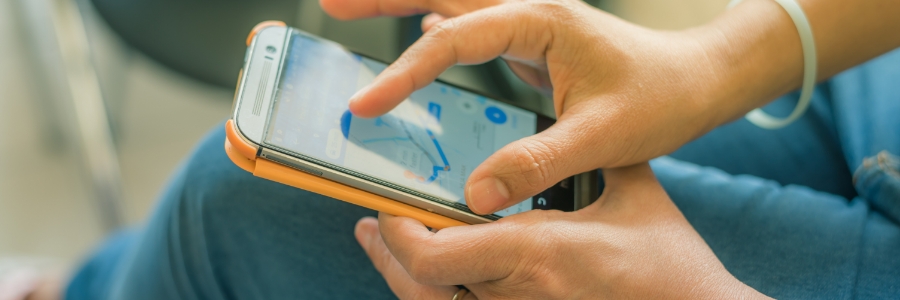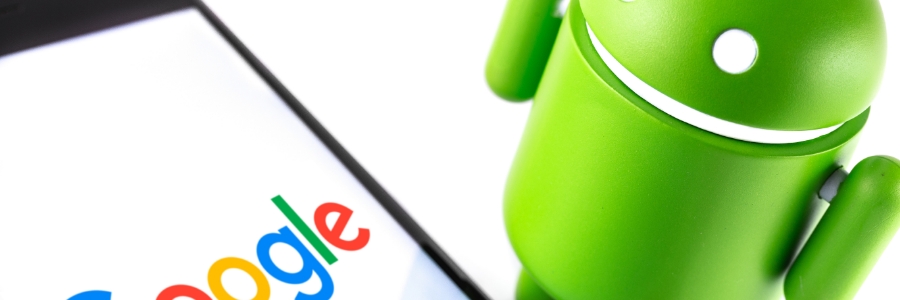As we increasingly rely on our Android devices for various tasks, such as navigation, weather updates, or finding nearby services, it's easy to overlook the potential risks that come with sharing our precise location. Disabling your device’s location settings is the best way to mitigate these risks.
Why verify Android apps before installing them

Installing mobile applications on your Android device without proper verification can expose it to potential vulnerabilities, such as data breaches and unauthorized access. By adopting a systematic approach to app verification, you can protect your device and preserve the integrity of your personal data.
How to easily manage Android bloatware
Everything you need to know about mobile threat defense

The use of mobile devices skyrocketed in the latter half of the 2000s, so it was only a matter of time before hackers took advantage. To protect users from attacks, mobile threat defense (MTD) technology surged onto the scene. MTD has revolutionized security measures, not only with its seamless integrations but also through solutions such as endpoint detection and response that have been designed to defend against cyberattacks.
Your guide to reducing your Android’s data consumption
5 Things you didn’t know you could do with your Android device and a Google account

Many people don't realize the full potential of syncing their devices with Google, but there are lots of great features that come along with doing so. Here are five of the best things you can do if you sync your Android device with Google.
Access browsing history and recently opened tabs
When you sync your device with Google’s native browser Chrome, you can view and access your browsing history and recently opened tabs.
Android accessories to take your smartphone use to the next level
Hassle-free ways to transfer files from Android to PC or Mac

You may want to transfer files from your Android phone to a PC or Mac to back up your files and free up some storage space on your device. Thanks to Android's open and transparent nature, you can easily do so using any of the following methods.
Through a USB cable
Using the USB cord that came with your phone is probably the most convenient way to transfer files to your computer.
Safeguard your Android devices from ransomware

Ransomware is a type of malware that locks users out of their devices or encrypts their data until a ransom is paid. This form of attack has become increasingly widespread in recent years, and it has even begun to target Android devices. This certainly poses a threat to any business, so it's important that you learn how ransomware affects Android devices and how you can protect against this cyberthreat.
Organize Android apps by creating folders

When you download apps, your Android device usually stores them on the home screen. As you download more apps over time, your home screen might become cluttered, making it difficult for you to find the app you want to use. Fortunately, you can quickly and easily fix this problem by organizing your apps in folders.




